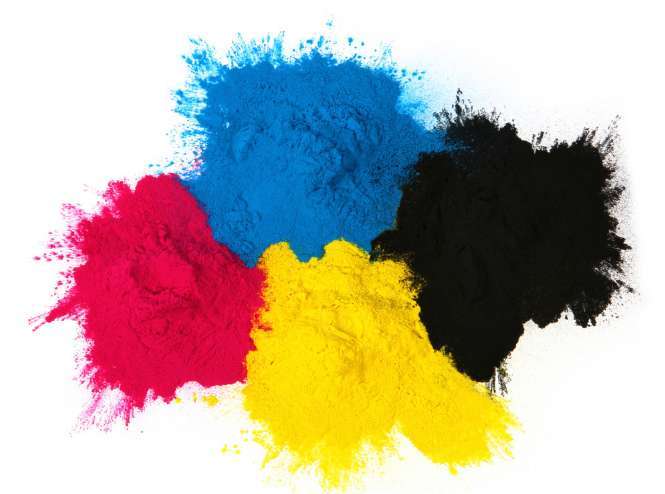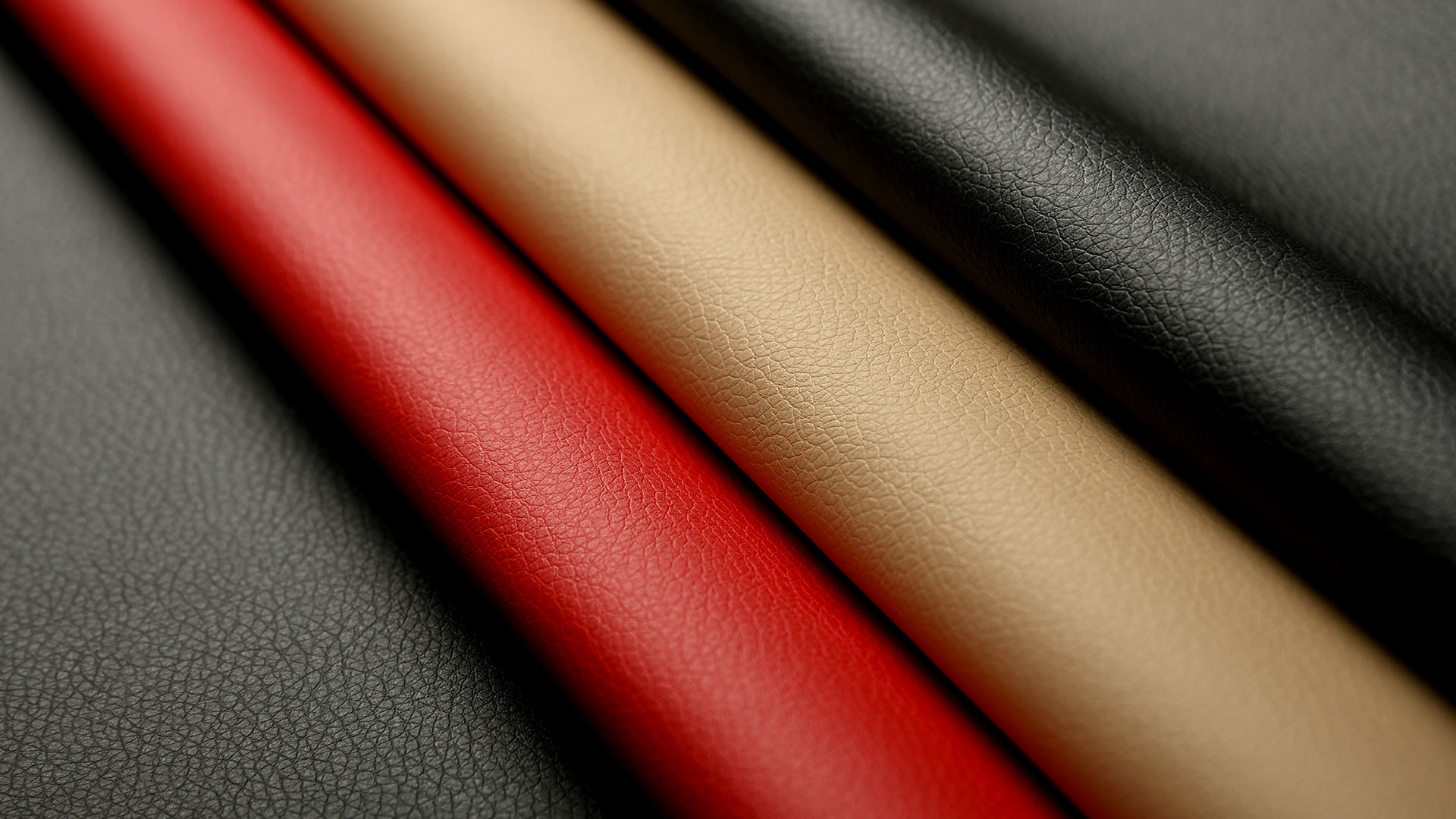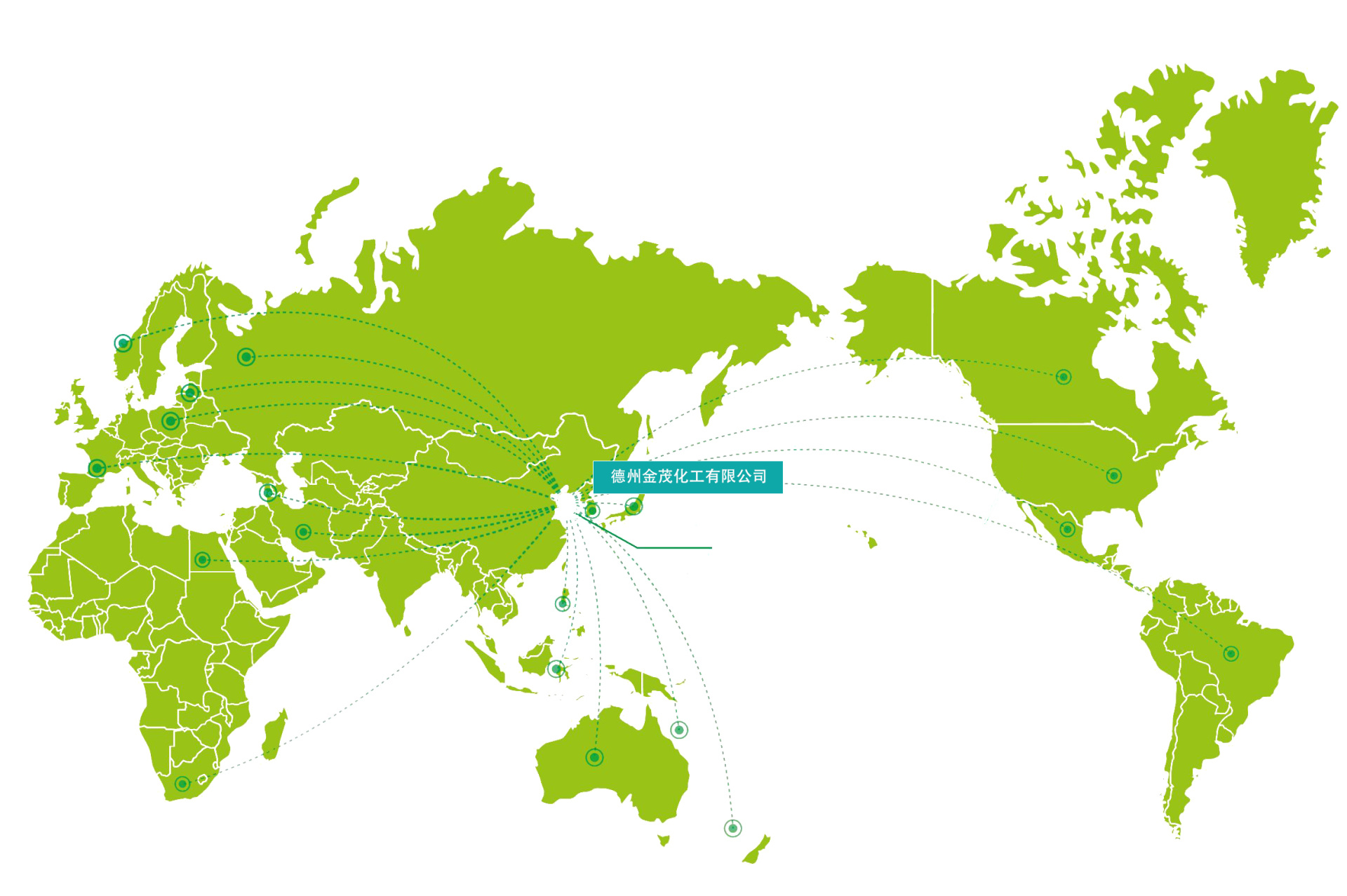The Impact of Textile Dyes on Color Fastness
Textile dyesare agents used for dyeing fabrics. According to the properties and application methods of textile dyes, they can be divided into acid dyes, cationic dyes, direct dyes, disperse dyes, azo dyes, reactive dyes, sulfur dyes, and reductive dyes. Different textile dyes have different affinities for fibers, and different fibers determine the need to use suitable dyes. Now, let's understand the impact on color fastness!Textile dyesLet's discuss the impact on color fastness!

1. Acid Dyes
Acid dyes, also known as anionic dyes containing acidic groups in the dye molecule, can bond with amino groups in protein fiber molecules through ionic bonds, suitable for acidic, weakly acidic, or neutral conditions. This dye is water-soluble and mainly used for dyeing wool, silk, nylon, etc. It is characterized by bright colors, but has poor wash fastness and light fastness, varying by variety, and has good dry cleaning fastness, widely used in natural dyeing.
2. Cationic Dyes (Basic Dyes).
Cationic dyes areTextile dyesa type of dye, also known as basic dyes. After dissolving in water, they exist in a cationic state. Cationic dyes can dissolve in water, ionizing in aqueous solution to generate positively charged colored ion dyes. The dye cation can bond with the acidic groups of the third monomer in the fabric to dye the fibers, suitable for acrylic, polyester, nylon, and cellulose as well as protein fibers. They are characterized by bright colors, suitable for artificial silk, but have poor wash and light fastness when used in natural cellulose and protein fabrics.
3. Direct Dyes
Direct dyes refer to dyes that can be heated and boiled in neutral weakly binding media, and can be dyed with the help of mordants. They bond with cotton fibers through hydrogen bonds and van der Waals forces, allowing direct dyeing of various cellulose fiber fabrics. They have relatively poor wash fastness, and light fastness varies, but modified direct dyes show improved wash fastness.
4. Disperse Dyes
Disperse dyes are dyes with relatively small molecules that do not have water-soluble groups in their structure. When dyeing fibers such as polyester, the dye must be evenly dispersed in the dye solution using dispersants. The main use of disperse dyes is for dyeing polyester fibers (polyester acetate fibers), triacetate fibers, and polyamide fibers (nylon), with some applications in acrylics. Disperse dyes used in the dyeing and finishing of chemical fiber textile products are bright in color and have excellent wash fastness, making them widely used.
5. Reactive Dyes
Reactive dyes are new water-soluble dyes that have reactive groups that react with hydroxyl groups in cellulose and amino groups in protein fibers, forming covalent bonds with fibers during dyeing, generating "dye-fiber" compounds. They are mainly used for cellulose fiber fabrics and rarely for proteins. Their characteristics include bright colors, light fastness, wash fastness, and abrasion resistance.
6. Sulfur Dyes
Dyes dissolved in sulfur alkali are suitable for cellulose fiber fabrics but not suitable for dyeing protein fibers. They are dark, mainly in deep blue, black, and brown, with very good light and wash fastness, but poor fastness to chlorine bleaching, and long-term storage of fabrics can damage the fibers.
7. Reductive Dyes
Textile dyesshould be reduced under alkaline conditions for fiber dyeing, and then oxidized to restore the original insoluble dye for dyeing cellulose fibers; insoluble reductive dyes made into sodium sulfate can be made into soluble reductive dyes, suitable for cellulose fiber fabrics, with good light and wash fastness, and resistance to chlorine bleaching and other oxidative bleaching.
The above introduction is aboutTextile dyesthe impact on color fastness. If you want to know more, feel free to contact us!
Latest developments






